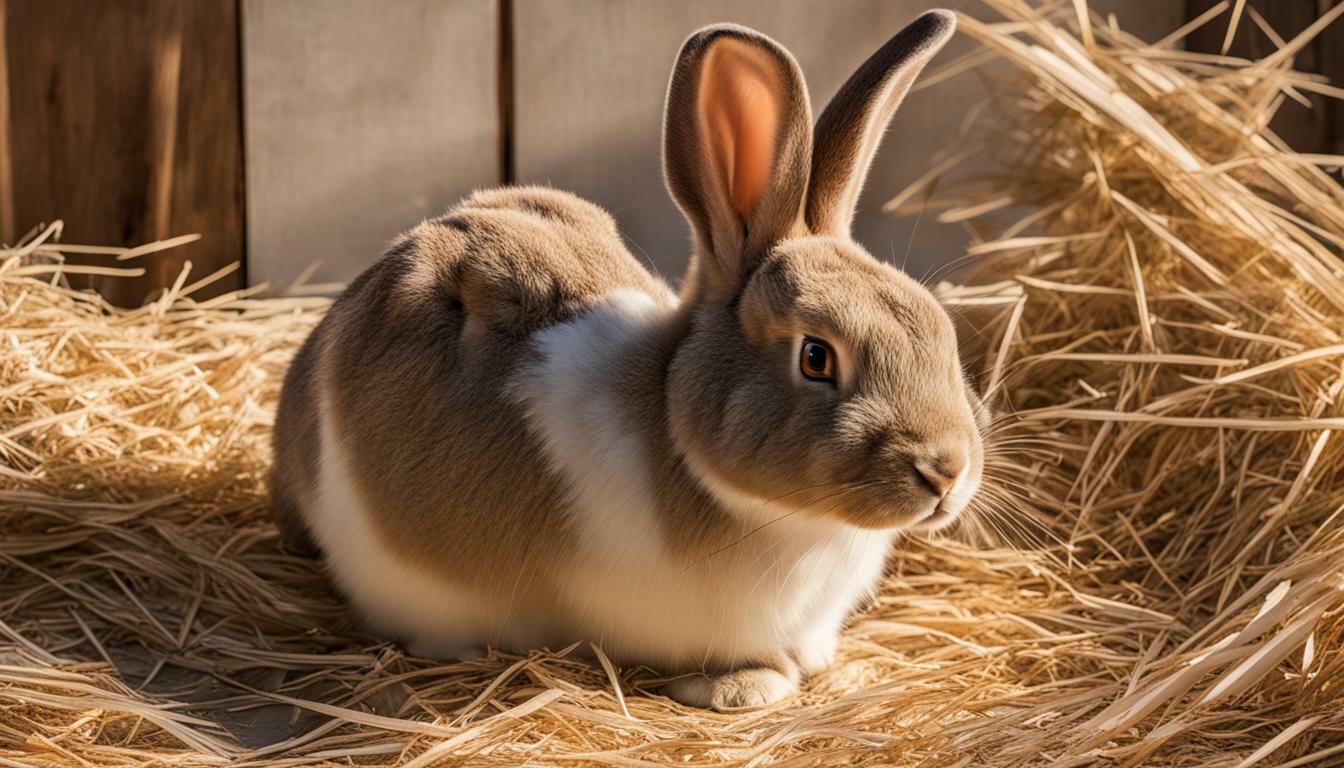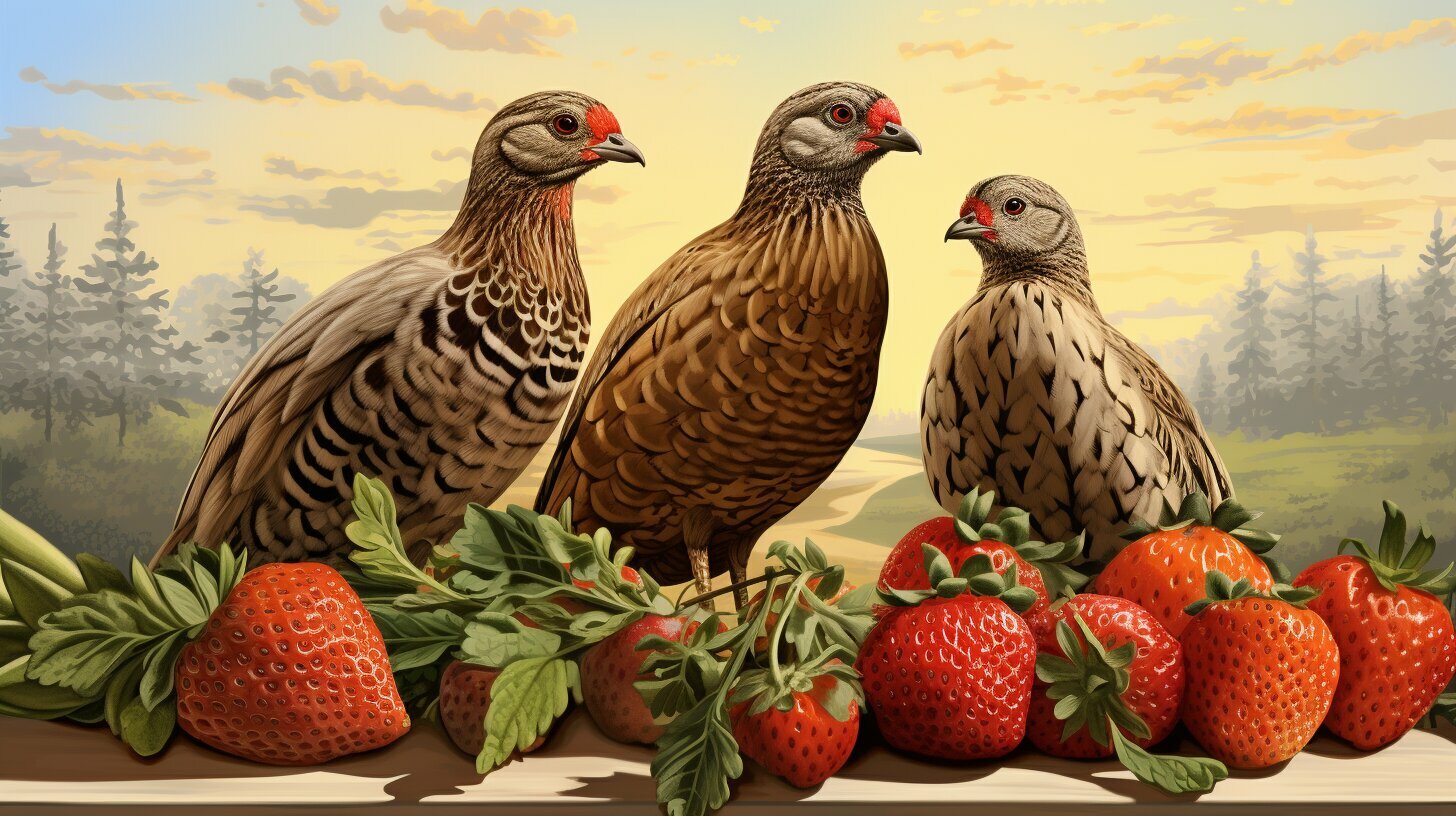Do Owls Eat Ducks? Discover the Surprising Answer Today!

Table of content:
Owls and ducks are both common birds, but do these two species ever cross paths in the wild? As birds of prey, owls are always looking for their next meal. And for ducks, avoiding predation is a constant challenge. So can owls actually eat ducks? And if so, how do these predator-prey interactions play out? Keep reading for a deep dive into the diets, hunting behaviors, and interactions between owls and ducks.
The Diets of Owls and Ducks
To understand if owls eat ducks, we first need to look at the dietary habits of both species.
What Do Owls Eat?
Owls are carnivorous birds of prey, meaning they primarily eat meat. The specific prey an owl eats depends on its species and habitat. But in general, owls are opportunistic hunters and will eat any small animals they can overpower. This includes rodents, rabbits, snakes, lizards, frogs, fish, and even insects.
Larger owl species may also hunt ducks, geese, and other waterfowl. Great horned owls, for example, are known duck predators. They have extremely powerful talons that can exert 500 pounds per square inch of pressure, easily crushing and killing duck-sized birds.
So while they aren’t a primary food source, ducks may become owl prey when the opportunity arises.
What Do Ducks Eat?
In contrast to owls, ducks are omnivores meaning they eat both plant and animal matter. A typical duck diet consists of:
- Aquatic plants
- Algae
- Seeds
- Grains
- Acorns
- Small fish
- Insects
- Snails
- Worms
- Tadpoles
- Frog eggs
Ducks have varied diets and feed on whatever is readily available in their wetland ecosystem. They often tip-end in shallow water looking for plants and invertebrates. Ducks employ a range of foraging strategies depending on the food source.
How Do Owls Hunt Ducks?
Now that we know owls sometimes eat ducks, how do they actually catch them? Owls have several hunting adaptations that make them effective duck predators:
Stealth Flying
Owls have specialized feathers that allow them to fly almost silently. They can swoop down on ducks before the flock even detects them. This element of surprise gives the owl an advantage.
Powerful Talons
As mentioned earlier, owls have extremely strong talons on their feet. These razor-sharp claws can swiftly kill duck-sized prey. One puncture to the head or neck is often fatal.
Acute Vision and Hearing
Owls have excellent eyesight and can spot ducks from far away. Their disc-shaped face also helps locate prey by sound. By triangulating noise, owls can precisely pinpoint duck locations – even at night or in dense vegetation.
Camouflage Plumage
Most owls have mottled brown, black, and grey feathers. This provides camouflage as they roost quietly waiting for prey. Their ability to blend into the environment makes it easier to ambush ducks.
By combining these hunting adaptations, owls are well-equipped to prey on ducks in certain scenarios. Next, let’s look at when and where these predator-prey interactions occur.
When and Where Do Owls Catch Ducks?
Owls are most likely to catch ducks under the following conditions:
At Night
Owls are nocturnal hunters, so they have an advantage in hunting ducks at night while other birds are roosting. Ducks are vulnerable as they sleep on the water.
At Ducklings
Ducklings and goslings make easy targets for opportunistic owls. Young waterfowl often stray from their mothers, making them more susceptible.
At Nesting Sites
Nesting mother ducks are focused on their eggs and can be caught off guard by owls. Eggs and chicks in ground nests may also be owl prey.
Near Water’s Edge
Shallow waterways and marshy areas put ducks in close proximity to shoreline perches used by owls. This increases ambush opportunities.
During Migration
Migrating ducks congregate in large numbers at stopover wetlands. Dense flocks make it harder for individual ducks to spot swooping owls.
Around Nests & Roosts
Owls may pick off ducks that stray too close to their nests or daytime roosting spots. Defending territory gives them an advantage.
In general, owls catch ducks when and where they have the element of surprise and the densest populations of duck prey.
Specific Examples of Owls That Eat Ducks
Now let’s look at some specific owl species known to eat ducks:
Great Horned Owls
The powerful great horned owl is perhaps the most frequent duck predator. Their large size allows them to overpower ducks, geese, and almost any other prey. They readily take ducks at night roost and nest.
Snowy Owls
These Arctic owls migrate south in winter where they opportunistically hunt ducks and other wetland birds. Their preference for open environments helps them spot duck rafts from a distance.
Barred Owls
Barred owls inhabit forested swamps – prime habitat for ambushing wood ducks and other waterfowl. Barred owl diets include a higher proportion of birds than small mammals.
Eastern Screech Owls
Despite being tiny, screech owls are fierce predators. Their diminutive size allows them to grab unsuspecting ducklings and even adults at very close range.
Great Grey Owls
These large, patient owls perch motionless for hours before snatching prey. Their stealth abilities allow great greys to surprise ducks as they roost on lakes or forage in marshes.
Tawny Owls
In Europe, Asia, and North Africa, the tawny owl sometimes supplements its small mammal diet with ducks, coots, and moorhens. Their mottled brown plumage provides excellent wetland camouflage.
Eagle Owls
The massive Eurasian eagle owl dwarfs most other owl species. They take large avian prey like herons, geese, ducks, and grouse. Their huge talons and powerful beak make them formidable duck predators.
As you can see, many owl species opportunistically prey on ducks. The ones that do so most successfully tend to be larger owls with greater strength, stamina, stealth, and habitat overlap with ducks.
Do Duck Predators Impact Populations?
Owls are just one of many duck predators. Other mammals like foxes, raccoons, and minks also eat ducks and eggs. But do these combined predators substantially impact overall duck populations?
For the most part, no. Waterfowl have evolved to sustain relatively high predation levels. Ducks have excellent vision, form large flocks, and nest over dispersed areas – all strategies to avoid over-predation.
As long as adequate wetland habitat exists, most duck species remain abundant even with predator presence. Of course, concentrated predation in small, isolated wetlands could negatively impact local duck numbers. But on a broad scale, current predation levels seem sustainable.
The bigger threat to duck populations is wetland loss and degradation from human activities like drainage, pollution, and development. As with most wildlife, preserving adequate habitat is key to their long-term survival.
Can Humans Help Protect Ducks from Owls?
Since owls are natural duck predators, should humans take any steps to protect ducks? Or is predation an acceptable part of a balanced ecosystem?
Most ecologists recommend letting natural predator-prey relationships continue without interference. Instead, focusing conservation efforts on preserving wetlands provides the best long-term benefits for duck populations.
However, in specific scenarios like isolated breeding ponds, temporary owl deterrents could be warranted if predation reaches unsustainable levels. Potential solutions include:
- Installing nest boxes, floating rafts, or fenced enclosures to provide safer nesting sites.
- Placing owl effigies or reflective tape near vulnerable nests and roosts.
- Using guard animals like dogs, llamas, or donkeys can scare off owls.
- Cutting back dense brush around ponds to reduce owl perches and camouflage spots.
- Limiting shoreline access points to concentrate and herd ducks into safer areas.
When predation hot spots are identified, integrated deterrent strategies may help limit owl impacts on small or compromised duck populations. However, any solutions should be carefully considered to avoid unintended ecological consequences.
Final Thoughts
As opportunistic predators, owls do sometimes eat ducks. Larger owl species that hunt at night or near water pose the greatest threat. Ducks must constantly remain alert to avoid owl ambushes.
Yet despite this predation pressure, diverse wetland habitats generally allow duck populations to thrive. The key to their continued success is preserving ample space where ducks and owls can maintain natural balance.
Through careful conservation practices, these iconic birds can keep sharing ecosystems as they have for millennia. With some thoughtful human stewardship, ducks and their predators can both have bright futures ahead.
Welcome. I’m Adreena Shanum, the proud owner of this website, and I am incredibly passionate about animals, especially poultry. I founded adreenapets.com as a labor of love, stemming from my desire to share my knowledge and experiences with poultry enthusiasts worldwide.




